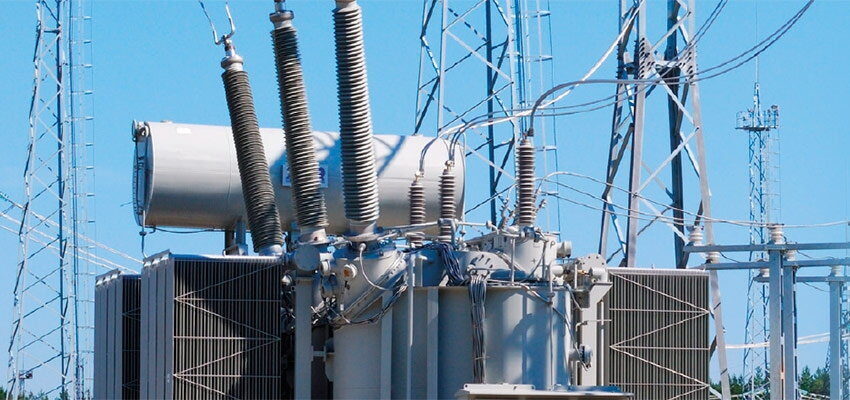
The value of on-line bushing monitoring
Bushing test standards for off-line bushing testing are defined by the IEEE and IEC [IEEE C57.19.00-1997 & IEC 60137/2003-08]. Until recently, bushing testing has been...
byWeidmann Electrical Technology

Bushing test standards for off-line bushing testing are defined by the IEEE and IEC [IEEE C57.19.00-1997 & IEC 60137/2003-08]. Until recently, bushing testing has been limited to a capacitance and power factor measurement off-line. This limits bushing tests to capacitance and power factor measurement off-line, during an outage, and on a day with moderate temperature and low humidity. This test is also performed at a much lower voltage than the system voltage. Off-line testing under static conditions is not likely to detect incipient faults evident under operational conditions. On the other hand, on-line monitoring provides accurate and early indication of bushing condition continuously and under all conditions.
In addition, several factors can influence off-line measurement, including voltage fluctuations, sediments on the bushings, moisture ingress, oil level, and damaged porcelain.
The obvious alternative is continuous monitoring of high voltage bushings, which PC57.143 the IEEE Guide for Application of Monitoring Liquid-Immersed Transformers and Components recommends. Such a condition based, on-line monitoring system provides confidence in bushing insulation quality between off-line tests and helps pre-empt threats to valuable transformer assets.
Facts and projections on transformers and bushings
- Transformers are a key capital intensive element in the transmission and distribution network.
- The installed base of transformers is aging.
- The bushing is one of the leading causes of catastrophic failures in power transformers.
- Time-based testing is insufficient and inadequate due to the increasing duration between off-line tests.
- On-line trending with data collected at a high frequency is the best method to prevent catastrophic failure.
- Successful predictive maintenance and smart grid asset management programs require smart IEDs.
Based on investigations of the installed base of transformers, industry experts project:
- Increasing numbers of failures of the aging assets over the next two decades;
- Increasing periods between time-based testing due to cost pressures;
- Scheduled maintenance cycles of large power transformers moving from 1 to 2 years to 7 years and, in some instances, to 12 years;
- Problems resulting from outages required for standard transformer maintenance;
- Exposed transformer accessories like bushings are more vulnerable than ruggedized transformers and will have a higher incidence of failures.







